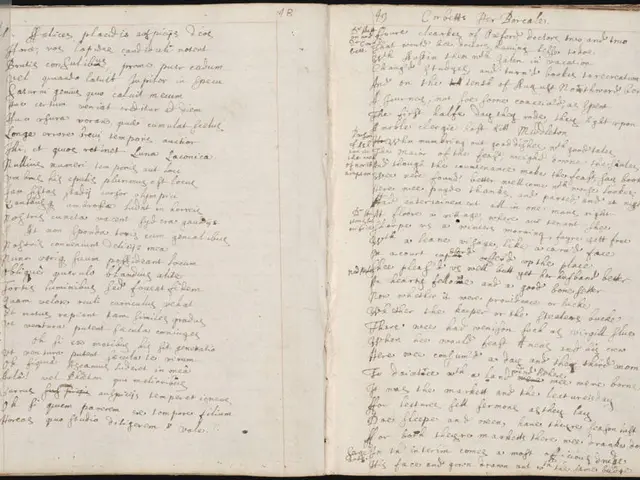Tariff Consultant Ready for Fresh India Duties Implementation
The White House's announcement of a doubling of tariffs to 50% on imports from India has sparked concern in economic circles, with Syracuse University Professor of Economics Devashish Mitra warning of significant impacts on both global trade and the economies of India and the US.
This tariff increase comes amid the US accusing India of supporting Russia through its crude oil imports. The escalating tensions have caused a freeze in India’s plans to buy US weapons and equipment, and Moody’s warns that the tariffs could severely limit India’s manufacturing ambitions.
Economically, the hike is expected to reduce India’s export growth to the US, potentially lowering India's domestic growth by around 0.5% or more depending on duration. For the US, the average household may face increased costs due to higher import prices, with some estimates suggesting an annual cost impact of $2,400 per household, disproportionately affecting lower-income consumers.
Devashish Mitra’s perspective, which aligns with the broader economic analysis, would point to these tariffs undermining longstanding efforts to deepen US-India trade relations, possibly triggering retaliatory actions from India and damaging overall trade volumes. The increase hampers India’s ambitions to expand manufacturing and integrate more fully into global supply chains. It also complicates the US objective to leverage trade tools to influence international geopolitical issues like the Russia-Ukraine conflict.
India's goods exports to the US are approximately $86 billion, but the country's service exports are a significant counterbalance. India's total service exports to all countries are 40%, with service exports to the US being about $186 billion. This means that the US share in India's service exports is over 60%. Consequently, the tariff increase primarily affects India's goods exports, not service exports.
The tariffs are pushing India to negotiate trade agreements with many more countries. The country's geopolitical importance to the US provides it with considerable negotiating power, and India might consider joining the China-led Regional Comprehensive Economic Partnership (RCEP) if the US continues to push India too hard.
However, the US wants India to open up its agricultural and dairy markets to American agricultural and dairy producers, but this would have significant political costs for the Indian government. India has a large domestic market and has been signing free trade agreements with various countries, which might help contain the impact of the US tariffs.
In sum, the doubling of tariffs threatens to disrupt global trade flows, weaken economic growth in India, increase costs for US consumers, and strain the bilateral strategic partnership. The broader global trade system faces increased uncertainty as the tariffs represent one of the sharpest escalations in US trade barriers since the 1930s.
[1] Mitra, D. (2023). Potential Impact of US Tariff Increase on India and Global Trade. Syracuse University. [2] Moody's Analytics. (2023). US Tariff Increase on India: Potential Economic Impact. [Online]. Available: https://www.moodysanalytics.com/-/media/article/2023/us-tariff-increase-on-india-potential-economic-impact/us-tariff-increase-on-india-potential-economic-impact.pdf
- The escalating war-and-conflicts between the US and India, primarily over trade policies and legislation, is revealing deep-seated political differences that are straining their bilateral strategic partnership.
- The increase in tariffs on imports from India has led to a heated politics surrounding global news, as both countries grapple with potential economic impacts on their economies, trade relations, and geopolitical aspirations.








